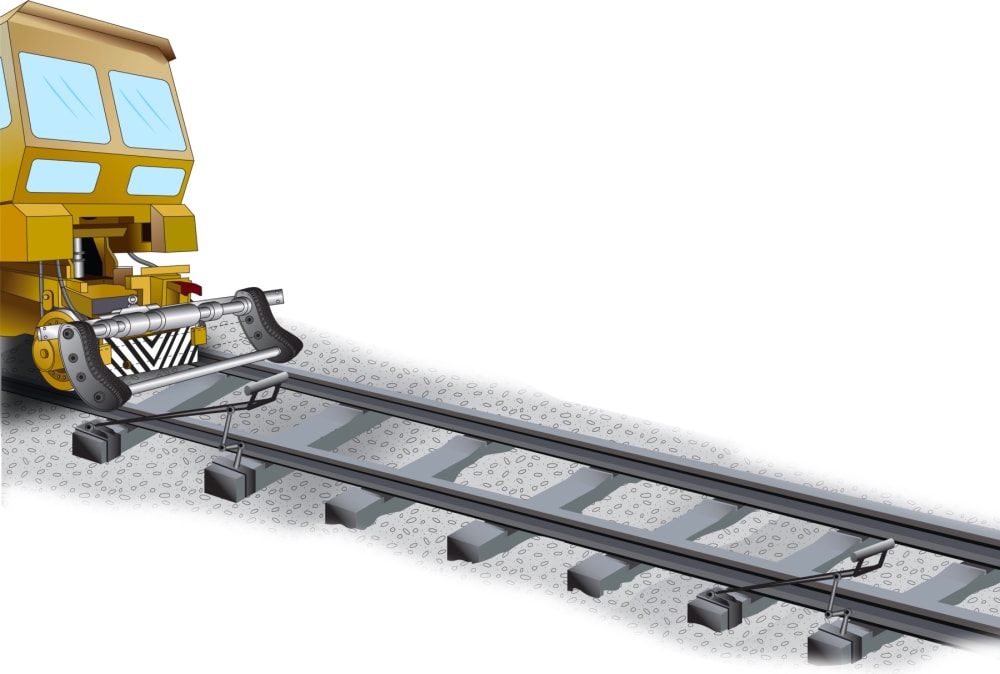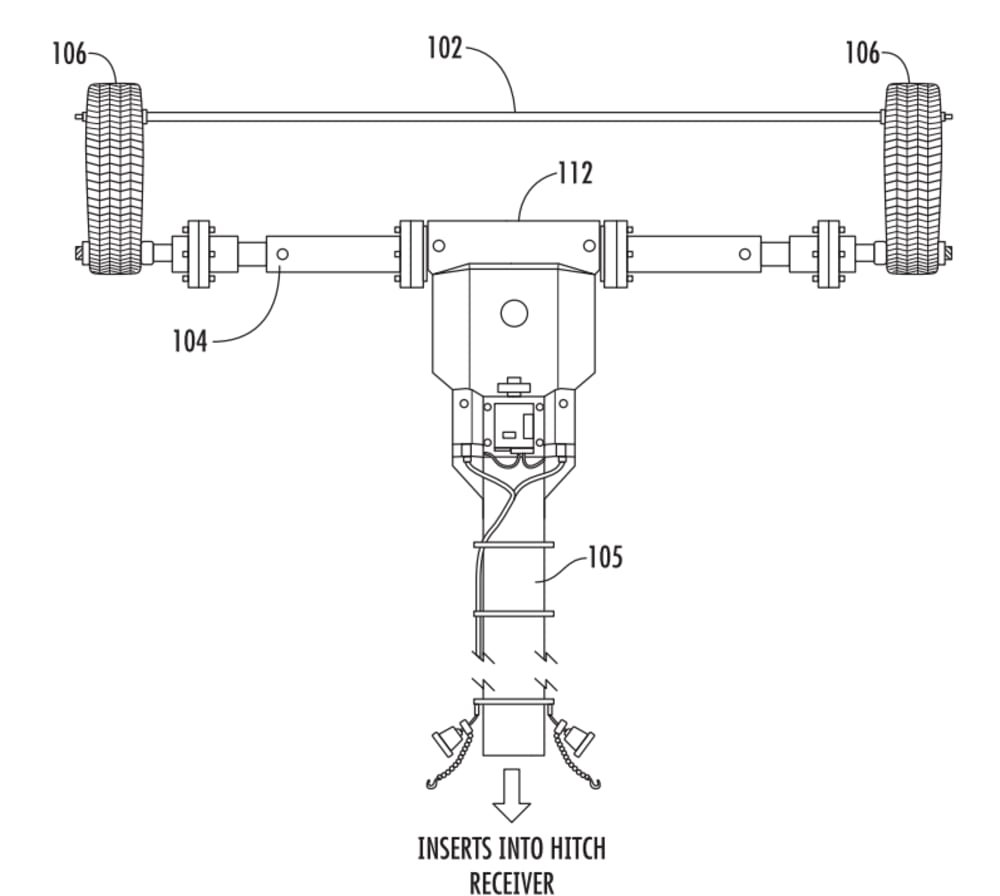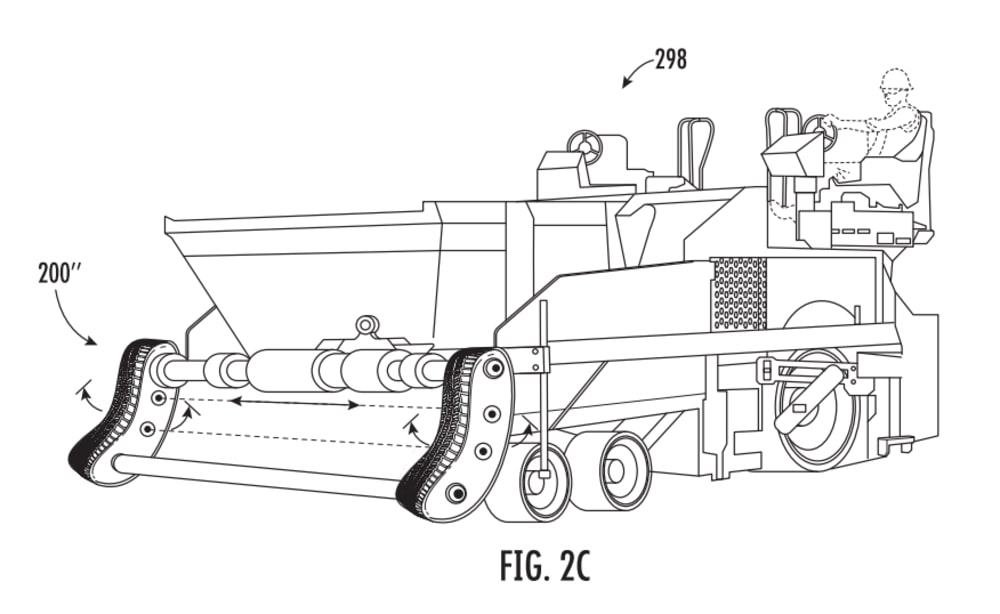Consistently, backing accidents account for 25% of all motor vehicle accidents. Preventing damage and injuries due to these also means reducing the risk of related lawsuits and lost time for companies and their employees. According to the FMCSA, up to 30% of fatal crashes and 12% of injury cases in work zones were wrecks involving trucks, one or more at a time. Backing accidents, where a driver’s visibility is considerably less in larger vehicles, accounts for a major proportion. In 2011 alone, 70 worker deaths occurred after backing incidents.
While backup cameras and automatic braking can reportedly reduce accidents by up to 78%, one test resulted in a vehicle failing to automatically brake while in reverse. It impacted a “dummy” car that was parked at an angle. There are also no plans to make reverse automatic braking standard equipment for manufacturers. This could provide an explanation for how the automatic braking sensor misread the vehicle parked at an angle. Most adaptive cruise control systems also tend to ignore static objects. A deadly 2018 crash was found by the NTSB to be a perfect storm of driver over-reliance on software, and the system not detecting obstacles properly. As discussed by NIOSH, cameras and sensors are prone to dirt and overstimulation from busy environments: https://www.cdc.gov/niosh/mining/Userfiles/works/pdfs/edpce.pdf.
With this innovation, swift kick will actuate the buffer assembly and apply the brakes in case a person is trapped in harm's way.
Automatic Braking on Interference (AutoBOI) comprises a physical barrier (“buffer”), with an integral shutoff switch, to prevent injuries on the ground and to prevent damaging equipment/vehicles in a collision. If a person or object is out of view, or if sensors and cameras become obscured by mud, dust, etc., the buffer innovation will actuate a contact switch and apply the brakes. The same methods employed to stop a vehicle in an emergency can be used to stop in non-emergency/routine applications, such as parking against a loading dock for unloading freight.
The buffer is a device that electronically applies the brakes of the vehicle that it’s attached to. The buffers themselves are shaped like the arms of a foot treadle--running across the width of the vehicle’s front or rear. These are made from semi-rigid recycled materials that are the by-products of commercial/construction vehicles; such as damaged canvas tarpaulins and discarded rubber tires that are laminated together. The lengths are dependent on the vehicle that they’re mounted to in order to guard vital components underneath (such as oil pans, brake cylinders, etc.). Critical to safety, they must still be easily accessible to human touch from the ground.
The AutoBOI system is mounted to a conventional trailer hitch receiver. This is because the innovation is designed to retrofit existing construction vehicles and equipment. All components of the innovation are electrically insulated from the tongue, allowing upgrades (such as mounting other aftermarket instruments) to be welded directly to the tongue without damaging electrical/mechanical components on AutoBOI, or on the attached vehicle.
Like this entry?
-
About the Entrant
- Name:Zachary Liollio
- Type of entry:individual
- Patent status:pending








